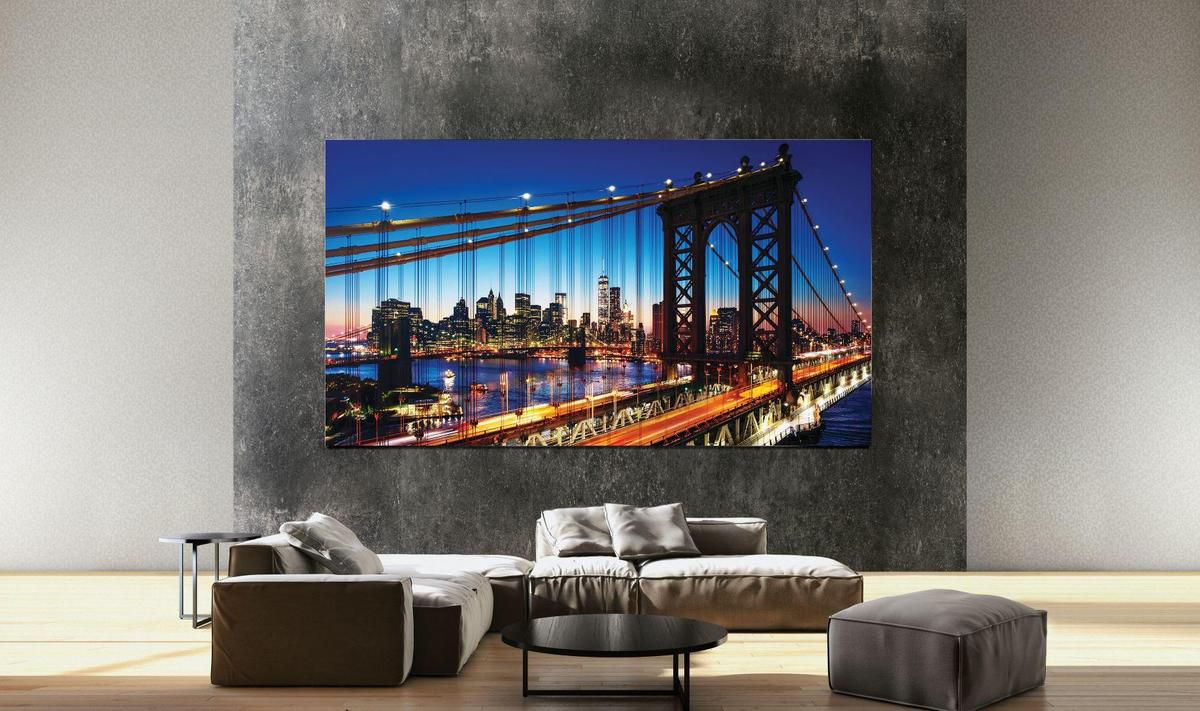The choice of the name of a technology is essential to communicate it correctly to the public. A simple and differentiated name is understood first, but marketing also takes its part, often causing misunderstandings. The case "OLED vs QLED"is there for all to see and even today the two technologies are often confused.
Same thing happens with Mini LED and Micro LED televisions, two similar names that actually hide many differences. To clarify a bit, let's try to understand what changes between the two technologies and what their strengths are.
An abysmal difference

Mini LED technology was one of the protagonists of the recent CES in Las Vegas, where televisions and monitors that use it were presented. TCL showed some Mini LED-based TVs, ROG instead a highly performing gaming monitor. Mini LED screens are already on the market today, therefore, with high figures but available. But what changes compared to the current generation of LCD panels? Not much actually, their weak point is
the LED backlight with which they are equipped, which in the most advanced products reaches about 500 areas managed by local dimming. The size of the LEDs that illuminate the LCD panel is too large to allow fine management of light, which is why the Mini LED screens were created, i.e. of displays whose backlighting is made up of many small LEDs.
How many? This depends on the manufacturer, TCL showed CES a Mini LED TV with over 25,000 LEDs integrated in the panel, a huge number, which translates into 5184 control zones managed by local dimming. Although they may seem few if compared to the number of LEDs used, it must be borne in mind that these must be managed by electronics and until recently there were no technologies capable of driving more than 2000 areas with local dimming.
The presence of a Mini LED backlight, paired with technologies such as Quantum Dots, creates screens capable of reaching high luminous peaks and with a wide coverage of color spaces, also generating a very high contrast. Many of the typical defects of LCD panels are eliminated, such as backlight bleeding, while others are severely limited, such as blooming, at least in the models we have seen so far. Ultimately, Mini LEDs greatly improve the viewing quality of LCD panels, without however revolutionizing their structure, which Micro LEDs do.

In this case we are facing one of the most promising technologies, potentially capable of changing the market. In a Micro LED screen, each pixel is made up of tiny LEDs green, red and blue, each capable of turning itself on and off independently. It is therefore a self-emitting technology, such as the OLED one, but based on non-organic material and therefore not subject to deterioration over time and burn-in problems.
The result is images with absolute blacks and with an incredible peak brightness, which can even reach 10,000 nits, values now only possible on master displays used in the professional sector. Other strong points of Micro LEDs are the very low response times and high viewing angles. In practice it is a technology without weak points, at least on paper, but which still needs to be refined.


So far, Samsung, the main promoter of Micro LEDs, has only created large panels, but has recently managed to make a 75-inch display. The reason is the size of the Micro LEDs, which having to represent a pixel must be as small as possible. The miniaturization process continues from year to year, the final objective is to reach a density of Micro LEDs that no longer allow to distinguish individual pixels, which is already the case in large formats.
However, there are also production problems. Creating a 4K Micro LED screen means inserting 24 million LEDs inside, three for each pixel (Green, Red and Blue), an enormous engineering effort that requires absolute precision. Then there is the price issue, currently inaccessible to the public: the model created by Samsung from 146 ", according to estimates made at the end of 2019, cost about € 400,000.
In short, the potential of this technology is enormous but it could take years before seeing it arrive at affordable prices, which may not even happen, relegating the Micro LEDs to the professional sectors or to the luxury market.















